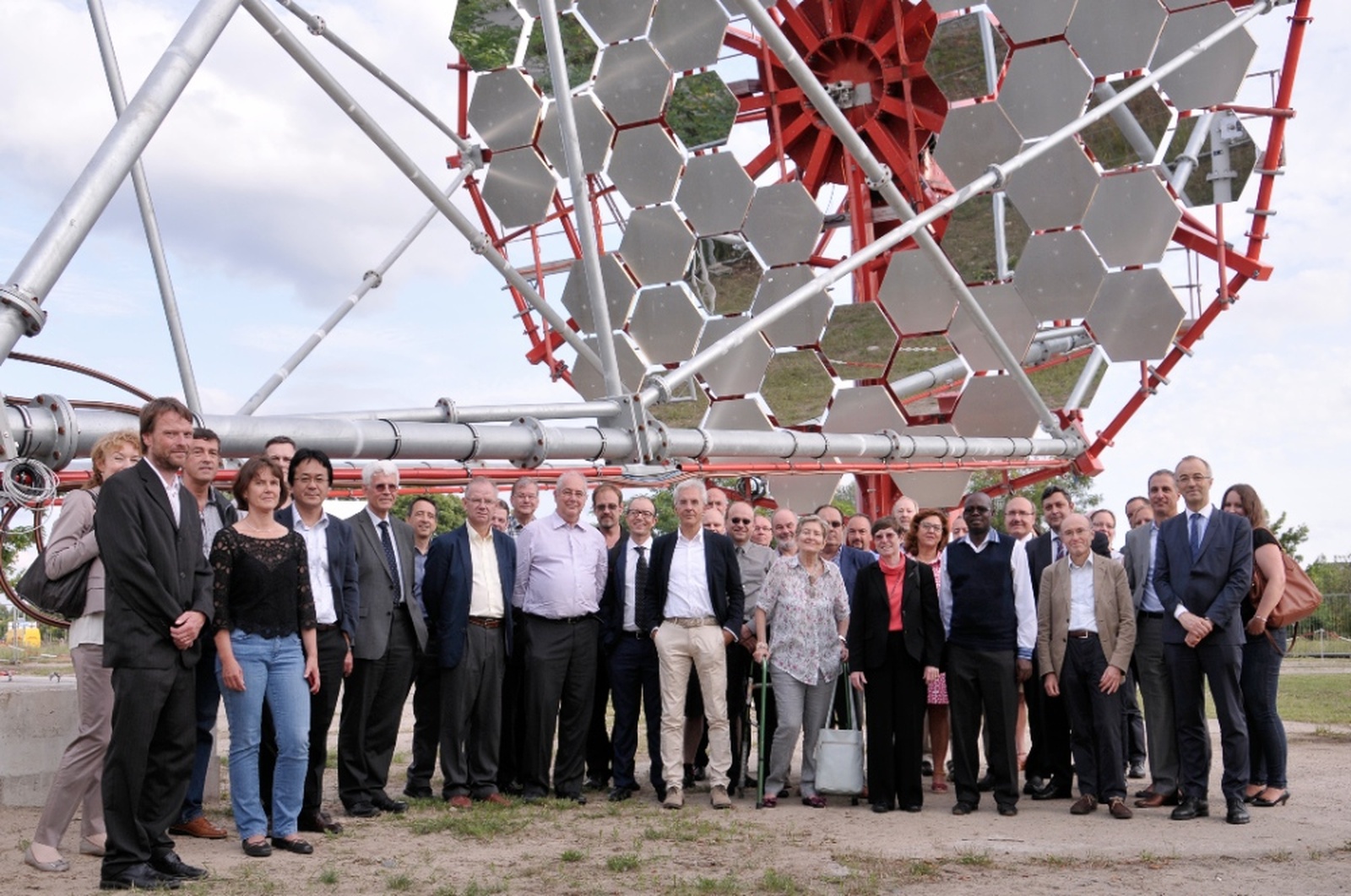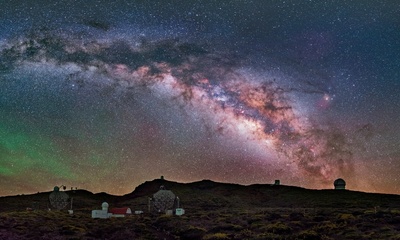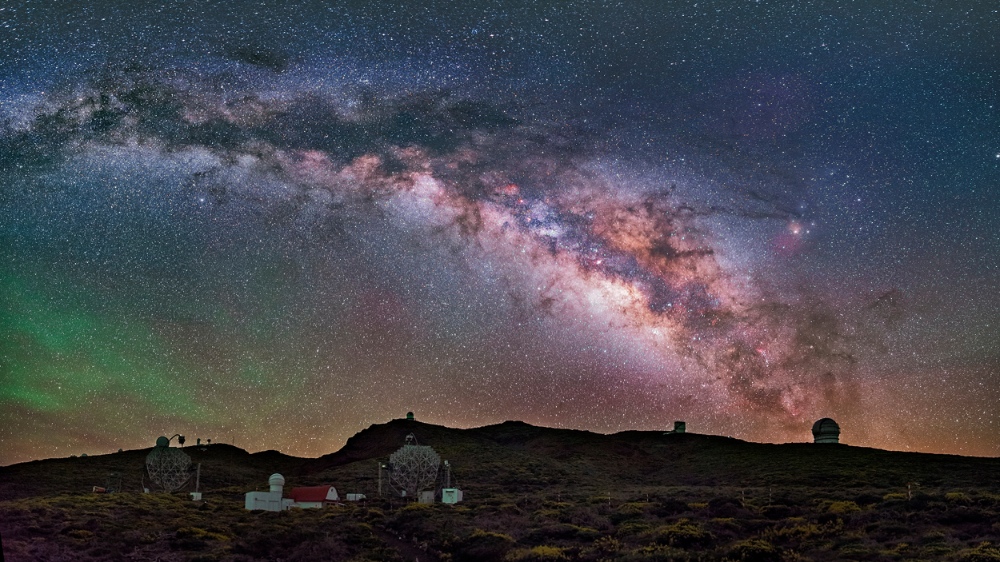The new observatory for astronomy with high energy gamma rays, Cherenkov Telescope Array – CTA – will be placed in La Palma, Spain, and in Paranal, Chile
The high frequency cosmic gamma rays are an exceptionally important source of information, specifically on the processes in space which are most energy-driven and marked, as this is still the area of research where our understanding of natural laws tends to be limited.

Since 2010, the researchers at the Laboratory for Astroparticle Physics at the University of Nova Gorica and as well as those at the Institute for Experimental Physics at the Jožef Stefan Institute, along with over a thousand other researchers from twenty-nine countries have been collaborating at the constructing of the new observatory for gamma astronomy titled The Cherenkov Telescope Array (CTA). This is a top prisority activity on the ESFRI’s list (the European Strategy Forum on Research Infrastructures).
Detailed and systemic research of the outer space with the CTA observatory will significantly contribute to the understanding of the mechanisms that cause the creation of the gamma rays and the cosmic rays of extreme energetic fields, moreover, of black hole, and the research will also help find dark matter and the – until now – unknown forms of matter. The CTA observatory will consist of two parts; one will be built on the Northern Hemisphere and the other one on the Southern Hemisphere, each will comprise of a field of few hundred Cherenkov telescopes. In a meeting on July 16, 2015 that took place in Berlin and hosted the representatives of research agencies or select ministries from all the member states, the CTA Resource Board selected La Palma (The Canary Islands, Spain) as the spot for the Northern Hemisphere observatory. Paranal (the Atacama Desert, Chile) was chosen as the location for the Southern hemisphere observatory.
In La Palma, the Northern Hemisphere CTA observatory will be built at the altitude of 2200 meters, as this is where practically all year round the conditions for observation are ideal, namely, there is no pollution and no turbulences and this is also the spot where two smaller Cherenkov telescopes (as part of the international MAGIC collaboration) are already operating. In Chile, the Southern Hemisphere CTA observatory will be located in the immediate proximity of the European Southern Hemisphere Observatory (ESO), where it will be possible to use – apart from ideal observation conditions –the already existing ESO technology. The planned five years of the building projects will start in 2016, and we can expect to see the first results reached with the help of the partially built observatory already in 2017.
The Slovene group which – with their Italian partners - is already a part of the development of semiconductor detectors of light for the Cherenkov telescopes, will, with its research and development strategies in their labs in Slovenia, contribute much to the development and the construction of the detector systems and the construction of the observatory as such. Slovenia as a State has to go through a formal procedure of becoming a member of the organization that will be responsible for the building and the operating of the CTA observatory.
The member states of the CTA scientific consortium are: Argentina, Armenia, Australia, Austria, Brazil, Bulgaria, Canada, Greece, Croatia, the Czech Republic, Finland, France, Germany, India, Ireland, Italy, Japan, South Africa, Mexico, Namibia, the Netherlands, Norway, Poland, Slovenia, Spain, Sweden, Switzerland, Great Britain, and the United States of America.
Web links:
- Laboratory for Astroparticle Physics: http://www.ung.si/en/research/laboratory-for-astroparticle-physics/
- Cherenkov Telescope Array CTA): http://www.ung.si/en/research/laboratory-for-astroparticle-physics/projects/cta/




